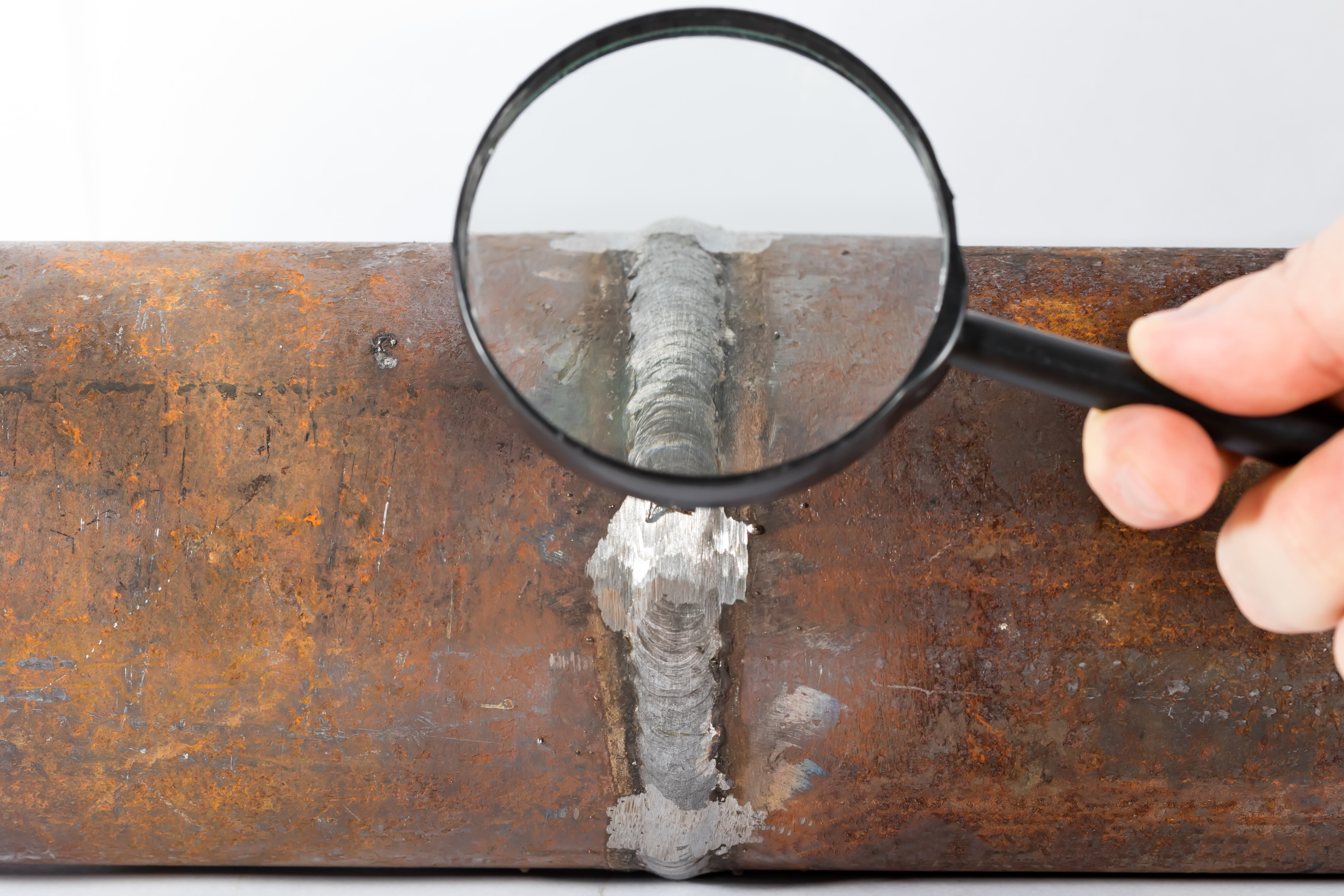What is NDT?
NDT, or Non-Destructive Tests, is a broad group of analytical techniques used in scientific and technological industries to evaluate the properties of a material, component or system without causing damage. Terms such as non-destructive examination (NDE), or non-destructive inspection (NDI) are also commonly used to describe this technology. Because NDT does not permanently alter the article being tested, it is a very valuable technique that can save both money and time in product evaluation, troubleshooting and research. The most commonly used NDT methods include magnetic particle testing and visual NDT is commonly used in industry, engineering, electrical engineering, medicine and even art.
What is the VT method?
Users of lifting equipment, such as slings or grabs, are obliged to perform a visual inspection before each use. Legislators and standard writers also impose an obligation to perform detailed tests at least every 12 months. An important part of this obligation is that these tests are performed by competent persons. The interpretation of the word "competent" must be considered in the context of the standards we are dealing with. It is wrong to assume that "competent" will be sufficient if we appoint a person within the company who has "sufficient" experience.
This is because it is important to remember that:
- Experience of working with lifting equipment can narrow the research perspective
- Evaluation can be and usually is subjective
- An outsider brings a fresh perspective
If EN, EN ISO standards are the point of reference, then the standard which defines "competence" should also be referred to within the group of these standards. Currently there is only one such standard, EN ISO 9712, and only according to this standard the meaning of the word "competent person" may be considered. In a nutshell, it will be a non-destructive testing inspector of at least second rank - his knowledge and experience is supported by additional training and an independent examination.

Visual testing (VT) is the most common form of detailed non-destructive testing
In engineering operations, inspection involves measurements, tests and indicators applied to specific features of an item or activity. The results are usually compared against specified requirements and standards to determine whether the feature or activity complies with these objectives, often using a standard inspection procedure to ensure consistent checking.
After VT testing, we recommend that our customers extend the scope to include MT testing
We strongly recommend participation in the CertMax+ programme
What is the MT method?
Magnetic particle testing (MT testing) belongs to the group of non-destructive tests which is carried out on ferromagnetic materials and is widely used in industry. Magnetic particle testing is suitable for testing castings, forgings, welded joints and anywhere else where we need to verify the surface being tested or what lies directly beneath it. When testing lifting equipment, it is excellent for revealing micro-cracks in chain links, hook throats, crosshead welds, shackles and much more. With this test, defective components can be recalled before they cause damage due to, for example, cracking during lifting operations.
The MT method can be used in good lighting conditions as well as in the case of insufficient lighting, in which case we use additional UV lighting with contrasting materials in this light spectrum. We recommend this method not only as a complement to VT. For crane hooks it should be used as a method of equal choice. We also use specialised tools that help us to examine chains efficiently, for example.
See also CertMax+

